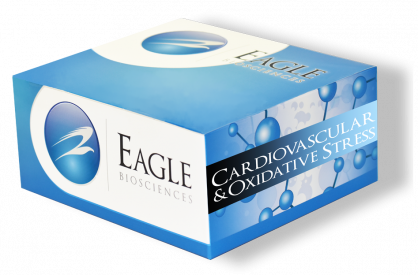Mouse IL-23 ELISA Assay
The Mouse IL-23 ELISA Assay is For Research Use Only
Size: 1×96 wells
Sensitivity: 7 pg/mL
Dynamic Range: 15.625 – 500 pg/ml
Incubation Time: 3 hours
Sample Type: Serum, Plasma, Cell Culture
Sample Size: 100 µl
Alternative Names: Interleukin 23
Assay Background
Interleukin 23 (IL-23) is a heterodimeric cytokine that is related to IL-12. It is composed of two disulfide-linked subunits, a 19 kDa (p19) subunit that is unique to IL-23, and a 40 kDa (p40, IL-12) subunit that is shared with IL-12. Mature mouse p19 and p40 share 88% and 92% aa sequence identity, respectively, with the corresponding rat subunits. IL-23 is produced by activated macrophages, microglia, and monocyte-derived dendritic cells in response to pathogens including certain bacteria and viruses and/or their components. The functional IL-23 receptor complex consists of two receptor subunits, the IL-12 receptor-1 subunit (IL-12 Rβ1) and the IL-23-specific receptor subunit (IL-23 R). IL-23 and IL-12 have overlapping and distinct biological activities. The IL-23 immune pathway induces the earliest recruitment of neutrophils to the site of infection, while the more classic host defense and cytotoxic response is stimulated by IL-12. IL-23 has a role in the development and maintenance of a T cell subset, designated Th17, that is characterized by the production of IL-17A, IL-17F, IL-6, and TNF-α. The IL-23/IL-17 axis is an important mediator of inflammation. In mouse models, transgenic over-expression of IL-23 leads to a lethal systemic inflammatory response. IL-23 effects on Th17 cells may also enhance the development of several models of autoimmune disease including experimental allergic encephalomyelitis (EAE), collagen-induced arthritis (CIA), colitis, and diabetes. IL-23 may also play a role in increased tumor growth associated with chronic inflammation.
Related Products
Mouse IL-25 ELISA Assay
Mouse IL-10 ELISA Assay
Mouse IL-5 ELISA Assay


